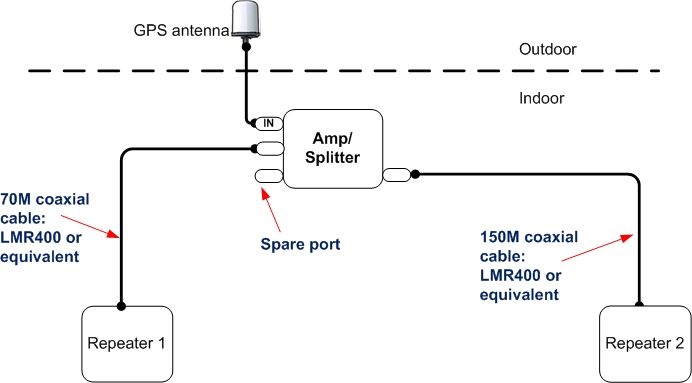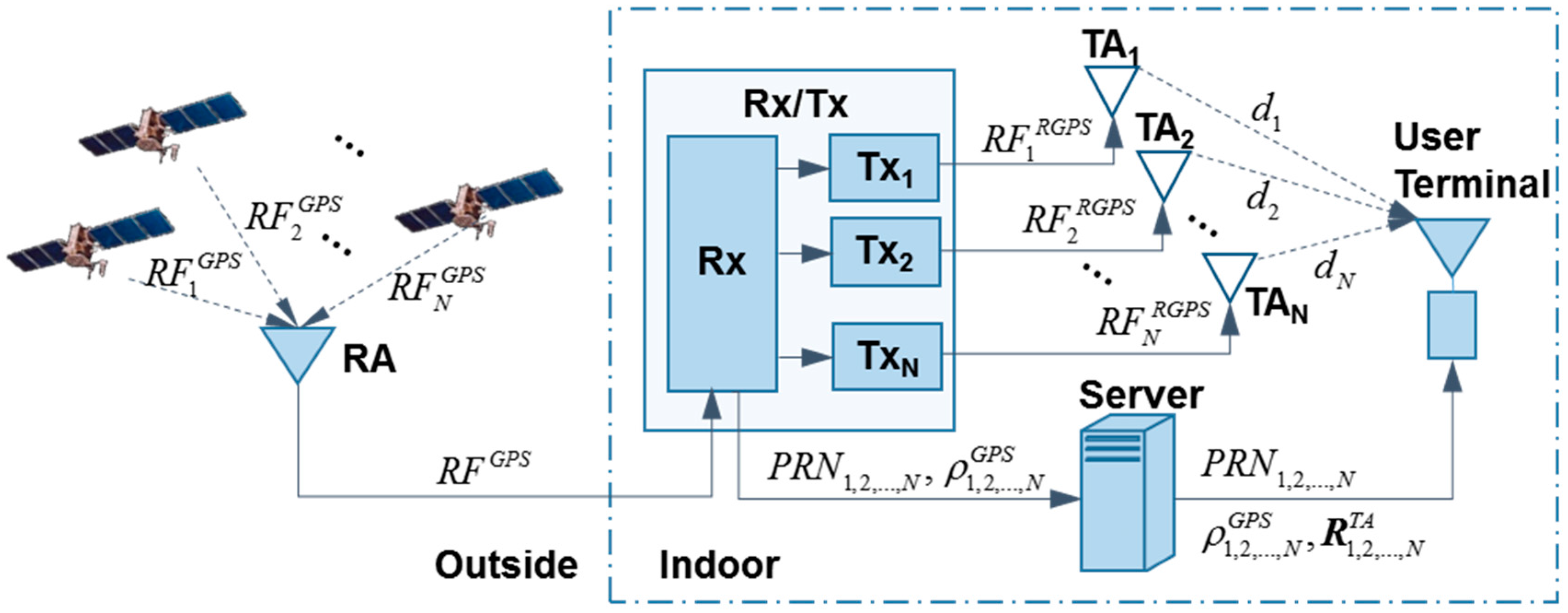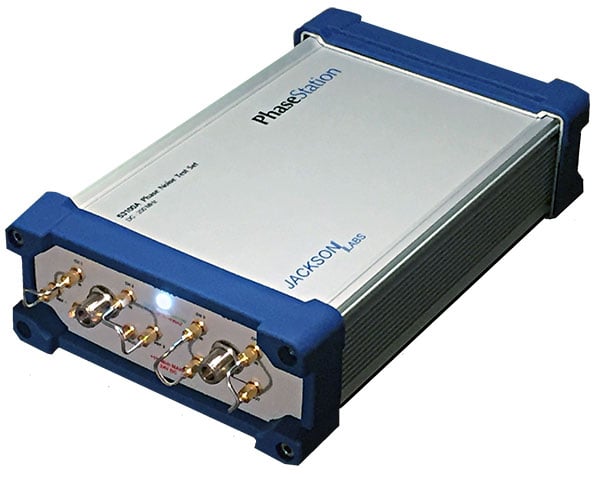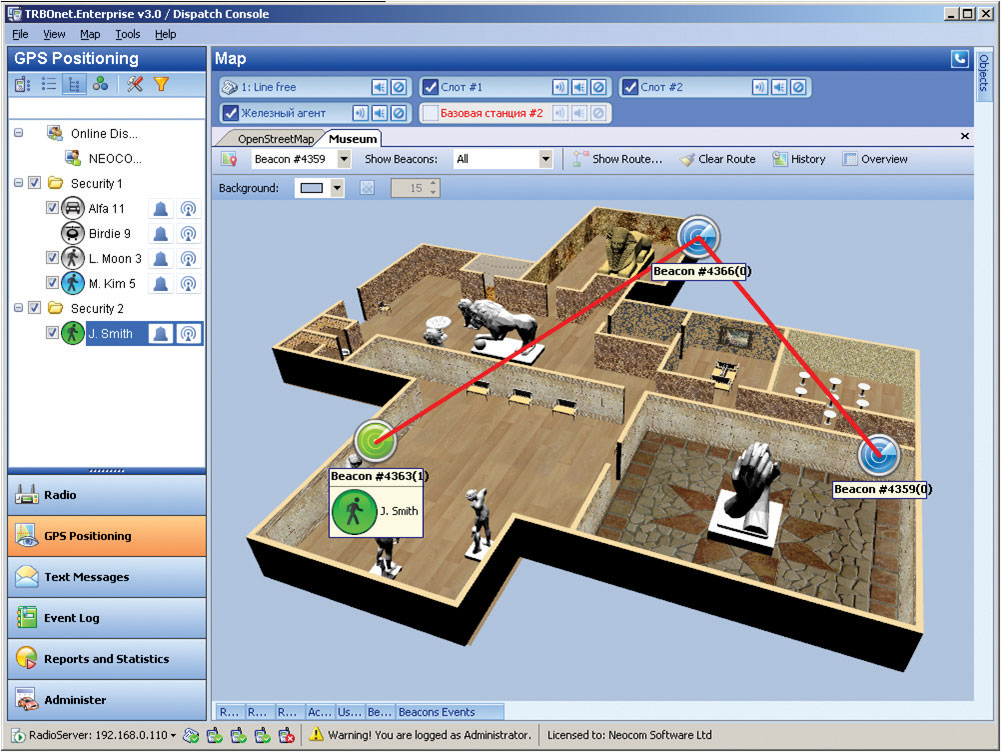An active outdoor gps antenna typically mounted on the roof of a building to pick up signals a repeater unit with a built in passive antenna used to re transmit the gps signal indoors and a coaxial cable that connects the two.
Gps repeater for indoor positioning.
A gps repeater system sometimes referred to as a gps re radiator is used to bring satellite signals indoors providing positioning and timing signals inside areas where not usually present.
Unlike most repeater based indoor positioning techniques in current literature repeaters are not required to connect to an outdoor antenna with fixed length cables.
The gps signal is then reproduced inside the building.
A coaxial cable is then used to feed the signal into the building to a relatively small and compact repeater unit.
In this paper a gps repeater based indoor positioning approach is proposed.
Our customers use indoor gps coverage solutions in a wide range of applications from commercial electronics test and repair facilities to emergency vehicles being kept on the grid when inside fire police or ambulance stations.
The antenna located in the repeater unit can typically cover a radius of up to 20 metres but multiple repeaters can be used to provide coverage over a larger area.
They propose a method which involves the partial fitting of gps into a rgps system.
The signal moved indoors.
In this paper the authors focus on the differences between global positioning system gps and repeating gps rgps.
If the use of gnss repeater is allowed for certain indoor environments under rf radiation regulations switching and or delaying gnss signals enables indoor positioning without any new pn code and signal generator as with pseudolites.
Neither do repeaters need to be synchronized.
Depending on the size of the building a number of repeaters will be installed such as at 10 15 meter intervals.
Gps or gnss repeaters consist of three components.

























